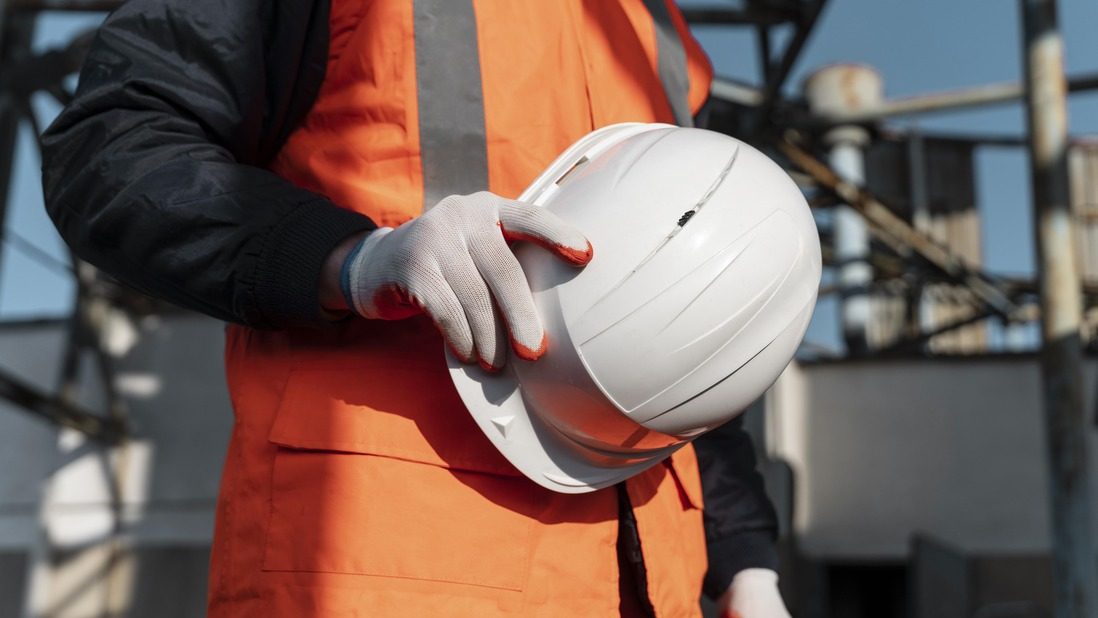SINGAPORE: As the global population continues to grow, land and resource limitations are becoming increasingly urgent concerns, particularly in densely populated megacities. In response, researchers from Nanyang Technological University’s (NTU) School of Civil and Environmental Engineering (CEE) are working on solutions that focus on utilising underground space and strengthening coastal protection measures.
Underground development presents a potential solution to urban land scarcity, offering new opportunities for social, economic, and environmental advancements. Coastal cities, meanwhile, face the growing threat of rising sea levels and erosion, making it essential to implement measures that protect shorelines and low-lying areas.
At NTU, the Centre for Urban Solutions (CUS) plays a key role in addressing these challenges. This multidisciplinary initiative focuses on integrating digital technologies, including artificial intelligence (AI), to improve urban planning and construction.
One of CUS’s main areas of research is underground engineering. With land becoming increasingly scarce, cities are expanding upwards with high-rise buildings and downwards. This approach creates additional space while ensuring cities are prepared for future growth.
Assoc Prof Wu Wei, who leads the Underground Engineering Cluster at CUS, oversees teams developing digital solutions to improve the safety and efficiency of underground construction. “Digging up to 100 metres deep poses significant engineering challenges, such as managing costs and controlling surface settlement to prevent accidents like the ground collapsing,” he explains, referring to cases where sinkholes have formed during construction.
His team employs AI-driven methods to map underground structures more accurately. By using machine learning, they can detect anomalies such as hidden cavities or boulders, improving precision while reducing costs and minimising the need for human supervision.
Similarly, Asst Prof Shi Chao is applying digital technologies to underground and coastal engineering. His team uses digital twins—virtual models that simulate underground conditions—to optimise construction planning. These models enhance predictive analysis, reducing the reliance on physical site testing.
“We harness emerging AI technology to combine geological knowledge and site-specific data to automatically build and update digital twins,” says Assistant Professor Shi. Accurate underground modelling is crucial for mitigating safety risks and preventing project failures.
His team has successfully implemented digital twin technology in Hong Kong, which has been used to assess slope stability and seabed conditions for land reclamation and tunnelling. In cities with limited land availability, these tools can help engineers navigate challenging soil conditions while reducing construction risks.
Beyond underground expansion, researchers are also addressing the challenges posed by rising sea levels. According to Singapore’s latest national climate study, sea levels could increase by up to 1.15 metres by the end of the century, surpassing previous projections.
Prof Chu Jian, Chair of CEE and Director of CUS, is leading research initiatives under the Coastal Protection and Flood Resilience Institute Singapore. His work focuses on improving shoreline stability and developing sustainable materials for coastal defence. These innovations could also support land reclamation by enhancing soil properties to improve stability.
One of the key advancements in this area is biocement, a sustainable cement alternative produced from waste byproducts. This material could be used to construct tube-like bunds along coastlines, helping to prevent erosion and accumulate sediment over time. A pilot project at East Coast Park, conducted in collaboration with the National Parks Board, is currently evaluating its effectiveness in protecting beaches from strong waves.
Today, approximately 70% of Singapore’s coastline is protected by coastal defence structures such as seawalls. Researchers at CUS are collaborating with national water agency PUB and industry partners to develop new coastal protection solutions. These include modular floating concrete units equipped with impervious flexible seawalls that can adapt to changing sea levels. Some of these structures are designed to serve multiple purposes, incorporating roadways and recreational spaces.
The work at CEE and CUS aims to strike a balance between engineering innovation and environmental sustainability. “We are taking a holistic approach to coastal protection and water management strategies. It’s important to design solutions that have minimal impact on the environment, which is why we harness nature-based innovations,” says Prof Chu.
With strong support from government agencies and industry collaborations, the research conducted at CEE and CUS is directly addressing pressing urban challenges.
“Most of our research projects are funded by government agencies or industries that address national needs directly,” Prof Chu explains. “All the work contributes to building up a city’s resilience against the changing climate.”

